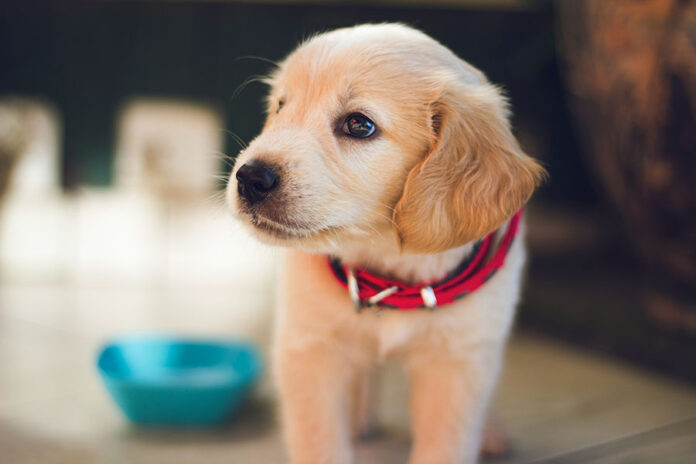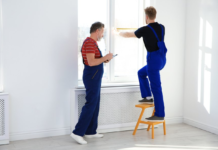Training your puppy is a vital part of creating a loving and happy relationship between you and your pet.
It’s important to start dog training from the moment you bring them home, so they can learn the house rules and develop good habits.
With patience, consistency, and lots of positive reinforcement, you can help your pup become well-mannered and obedient.
This article can help introduce your puppy to their new environment and teach them basic behaviors that will last a lifetime.
Why Training is Important for Creating a Loving Relationship Between You and Your Pet
Training your puppy is essential for creating a loving and happy relationship between you and your pet. It not only teaches them basic obedience commands, but also helps them understand their roles in the household.
Training can help to prevent unwanted behaviors such as barking, biting, jumping up on people, and chewing furniture.
By setting boundaries and expectations from the very beginning, you are showing your pup that there are consequences for negative behavior while also giving them the security of knowing what’s expected of them.
It’s important to start training from the moment they come home so they quickly learn house rules and develop good habits.
With patience, consistency, and lots of positive reinforcement, you can help your pup become well-mannered and obedient.
Training should be done in a calm and relaxed environment, and rewards should always be given for good behavior.
Introducing your puppy to their new home and teaching them basic obedience commands can help create the foundation for a strong bond between you and your pet.
With consistent training, you can ensure that your pup grows up to be a happy, healthy, and well-behaved companion.
Establishing Boundaries
Verbal Cues and Physical Barriers to Help Teach House Rules
To help your puppy understand the house rules, you should use both verbal cues and physical boundaries.
Verbal cues refer to commands such as “sit”, “stay” or “no” that you can use when necessary. They help your pup understand what is expected of them in any given situation.
Physical boundaries are things like baby gates or closed doors that establish which parts of the house your pup can and cannot access.
This helps limit unwanted behaviors such as chewing furniture or jumping up on people.
Examples of Forbidden Places in the Home
Before bringing a new puppy home, it’s important to identify any areas in your home that could be dangerous or off limits.
This includes places with sharp objects, breakable items, poisonous plants and chemicals, or other hazards.
You should also decide which rooms in the house are suitable for your pup to explore, such as a designated play area, and make sure these spaces are safe and secure.
By setting boundaries and expectations from the very beginning you can help ensure that your puppy is well-mannered and obedient as they grow up.
Establishing rules not only helps create order in the household but also gives your pup security by knowing what is expected of them.
It is important to remain consistent when enforcing boundaries so that your pup understands what behaviors are acceptable and what behaviors are not.
This will help them develop good habits and a strong bond with you.
Socialization
Exposing Your Pup to Different Sights and Sounds
It is important for your pup to be exposed to different sights and sounds that they may encounter when out in the world.
This could include taking them on walks, introducing them to people of different ages and backgrounds, or playing recordings of various noises such as cars honking or sirens.
Exposing your pup to these elements in a slow and controlled way can help build their confidence by teaching them how to respond appropriately in any given situation.
Slow and Steady Training
When socializing your pup, it is important to remember to go at their own pace. Taking things slowly will help your pup remain calm and relaxed while they explore different sights and sounds.
Let them take breaks if they become overwhelmed or scared, and reward them with treats or positive reinforcement when they behave well.
Socialization should be fun for both you and your pup – so make sure to continue providing lots of love and support throughout the process.
By exposing them to new environments in a slow and controlled way, you can help reassure your pup that these situations are safe and enjoyable.
This will help them become more confident as they grow up, and develop strong relationships with other people, animals, and their surroundings.
Conclusion
Bringing a new puppy into your home can be an exciting and rewarding experience. With the right dog training, you can help ensure that your pup grows up to be a happy and well-behaved companion.
Establishing boundaries, using verbal cues and physical barriers to teach house rules, identifying forbidden places in the home, and socializing them with different sights and sounds are all essential steps to setting your pup up for success.
When done consistently and with patience, these methods will help create a strong bond between you and your pup. So take the time to properly train your puppy – it’s worth it!























